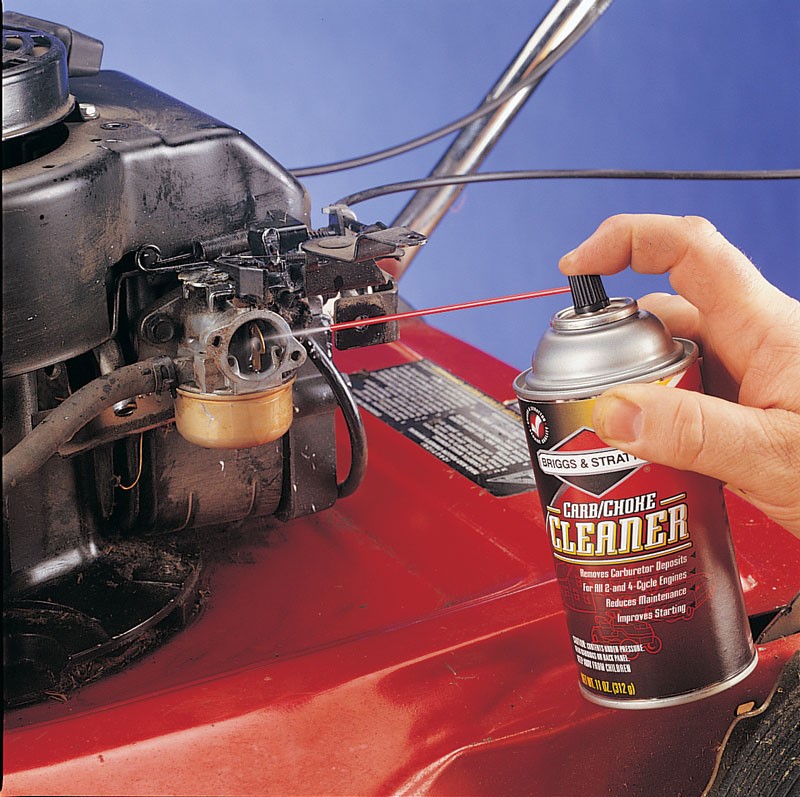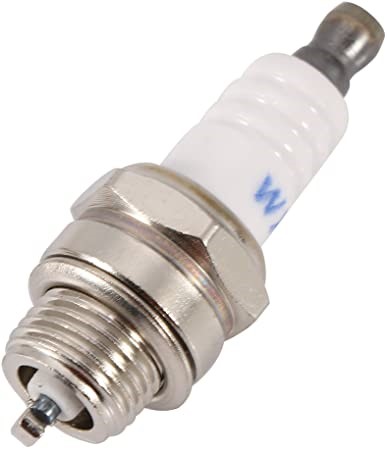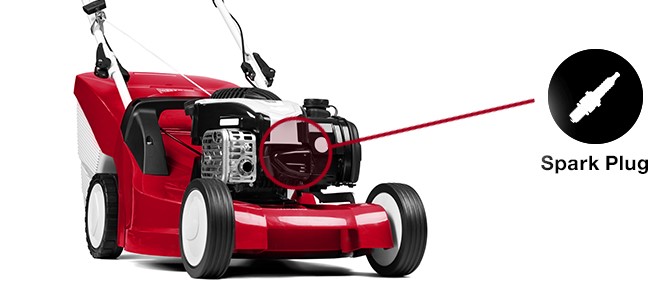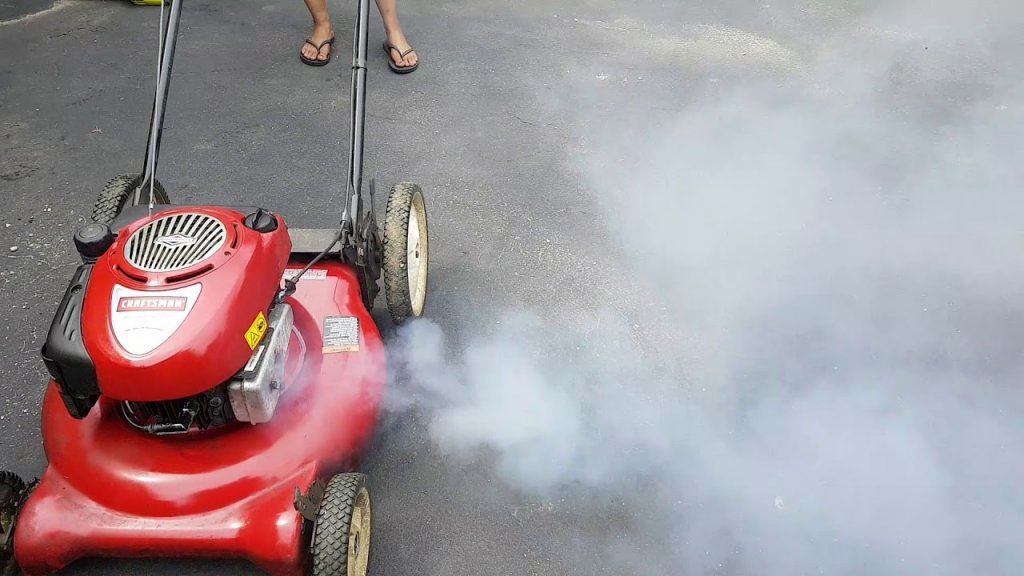Encountering the issue where your mower starts and then dies can be a significant setback for anyone passionate about their lawn’s appearance.
Imagine this: It’s a bright, sunny day. You’re ready to tame your lawn with your trusty mower. You pull the start cord, and it roars to life… only to sputter and die moments later.
Frustrating, right? You’re not alone. Not only interrupts your lawn care plans but also brings up the challenge of figuring out what’s going wrong with your equipment.
But what causes it? More importantly, how do you fix it?
In this guide, we’ll explore the typical causes and provide easy-to-follow solutions to effectively address the problem of when a mower starts and then dies, ensuring you’re well-equipped to keep your lawn looking its best.
Understanding the Problem:
Lawnmowers are relatively simple machines. However, they can be finicky.
When your mower starts and then dies, it’s typically a sign of an underlying issue. It could be a minor problem or a symptom of something more serious.
It can be due to one or all the following common reasons:
1. Fuel Troubles
The first culprit is often the fuel. Old or contaminated fuel can cause your mower to start and then die. Gasoline can degrade over time. If your mower has been idle over winter, the fuel might have gone bad.
Solution: Drain the old fuel and refill with fresh gas. Also, consider using a fuel stabilizer to prevent future issues.
2. Dirty Carburetor
A dirty carburetor is another common issue. The carburetor mixes air and fuel for the engine. If it’s clogged, the engine won’t get the right mixture and will shut off.
Solution: Clean the carburetor. For those not mechanically inclined, a professional service might be best.
To fix a dirty carburetor manually, follow these steps:
Safety First: Disconnect the spark plug to ensure the mower can’t start accidentally.
Access the Carburetor: Remove the air filter cover and the air filter itself to access the carburetor.
Inspect and Clean: Look for any visible dirt or debris. Use carburetor cleaner spray to clean the outside. Be thorough but gentle.

Disassemble for Deep Cleaning: Carefully remove the carburetor, disassemble it, and clean each part. Pay special attention to the float bowl, jets, and any small openings.
Reassemble and Test: After cleaning, reassemble the carburetor, reattach it to the mower, and replace the air filter and cover. Reconnect the spark plug and test the mower.
Remember to consult your mower’s manual for specific instructions related to your model. If you’re unsure or uncomfortable with this process, it’s advisable to seek professional help.
3. Faulty Spark Plug

The spark plug ignites the fuel in the engine. A dirty or damaged spark plug can cause starting issues.
Solution: Check the spark plug. Replace it if it’s worn or dirty.

4. Air Flow Issues
Airflow is crucial for engine operation. A clogged air filter can restrict airflow, causing the mower to start and then stall.
Solution: Clean or replace the air filter.
Inspect the Air Filter: Remove and examine the air filter. A clogged or dirty filter can restrict airflow.
Clean or Replace the Filter: If the filter is lightly soiled, clean it using mild detergent and water, then dry completely. For heavily soiled or damaged filters, replacement is necessary.
Check Air Intake and Vents: Ensure that the air intake and any vents are clear of debris and not obstructed.
Reassemble and Test: After cleaning or replacing the air filter, reassemble the parts and test the mower to ensure smooth operation.
5. Fuel Line Blockage
Fuel lines can get blocked or kinked. This prevents fuel from reaching the engine.
Solution: Inspect the fuel lines. Replace them if they’re damaged or blocked.
6. Overfilled Oil Tank
An overfilled oil tank can also cause problems. Too much oil can lead to a pressure build-up, affecting the engine.
Solution: Check the oil level. Drain excess oil if necessary.
Preventative Measures
Regular maintenance is key to preventing these issues. Here’s a quick checklist:
- Regularly check and replace the fuel.
- Clean the carburetor annually.
- Replace the spark plug as needed.
- Clean or replace air filters regularly.
- Inspect and maintain fuel lines.
- Monitor and maintain proper oil levels.
Conclusion
A lawn mower that starts and then dies is a common issue with several potential causes.
The good news is that most of these problems are easily fixable.
Regular maintenance, along with timely addressing of issues like dirty carburetors, old gasoline, defective spark plugs, and improper oil levels, can significantly reduce the likelihood of your mower encountering these problems.
With the right care, your lawn mower can be a reliable tool for many seasons.
Remember, if you’re ever in doubt, consult a professional.

